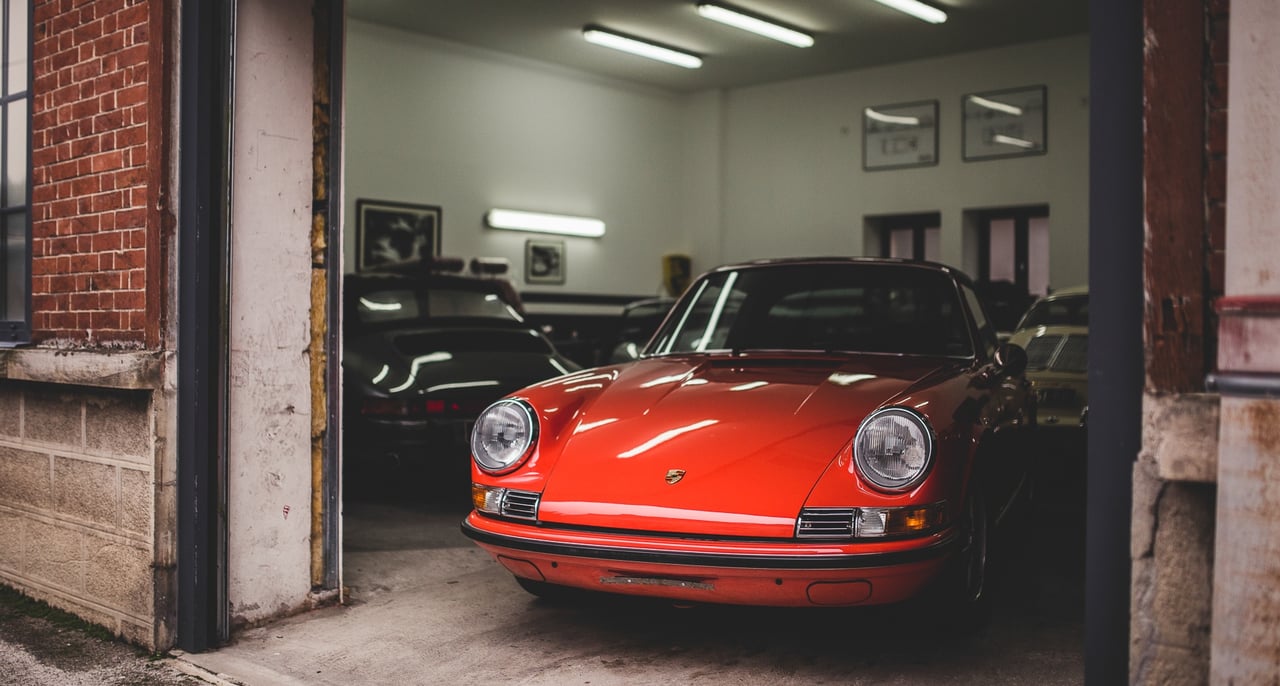
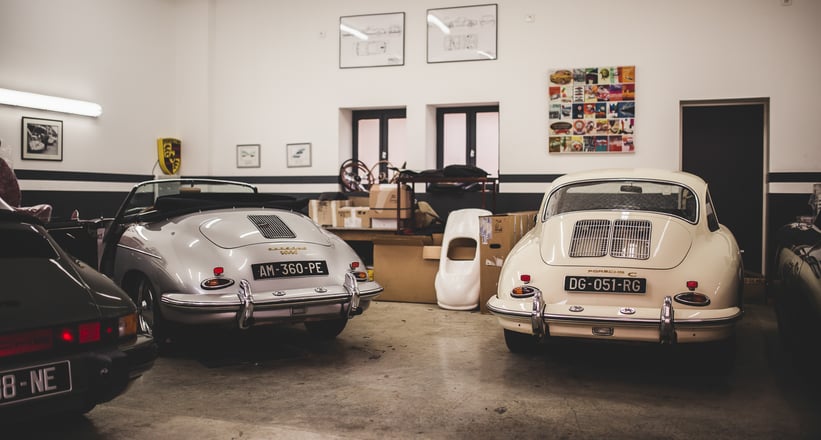
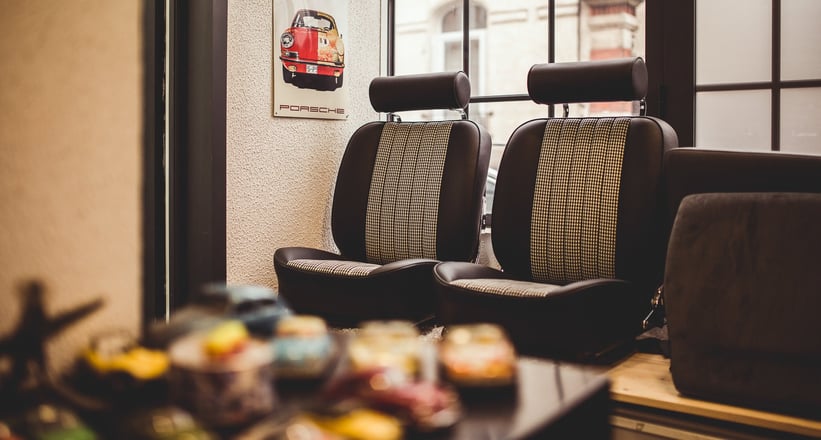
Why did you become a saddler?
My father knew someone in Épernay who used to be a saddler and my brother and I often visited him on Saturday mornings. His workshop was a real mess but he was able to make incredible things from scratch, which definitely influenced me. Mechanics and coachbuilding were not really interesting to me, but saddlery was because the projects are quite quick, great fun, and involve the clients.
Some people ask me to make new things, while others come to me for small repairs. More often than not, however, clients want me to restore their whole interiors in new materials and colours. This is what I find most interesting and I’ve never had any customers who are disgruntled about spending money on their cars!
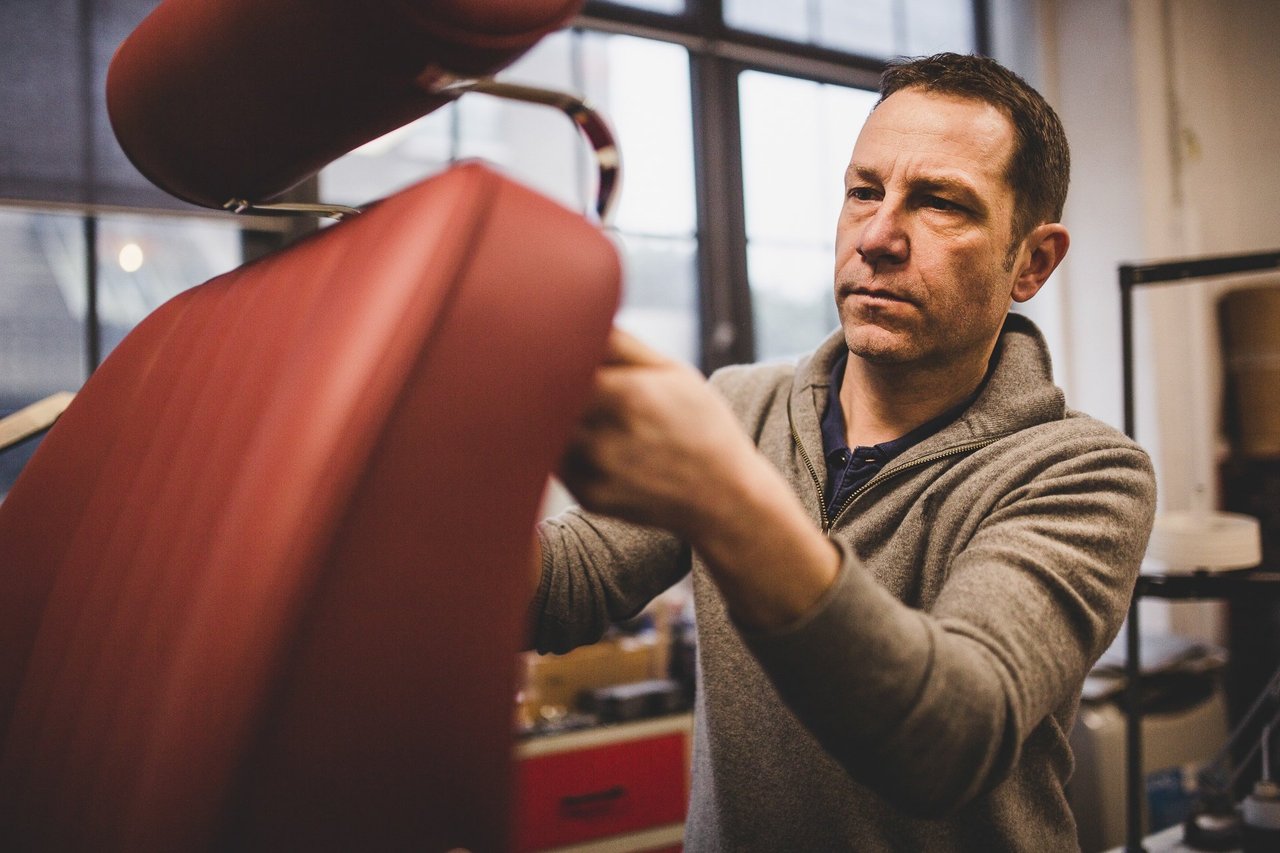
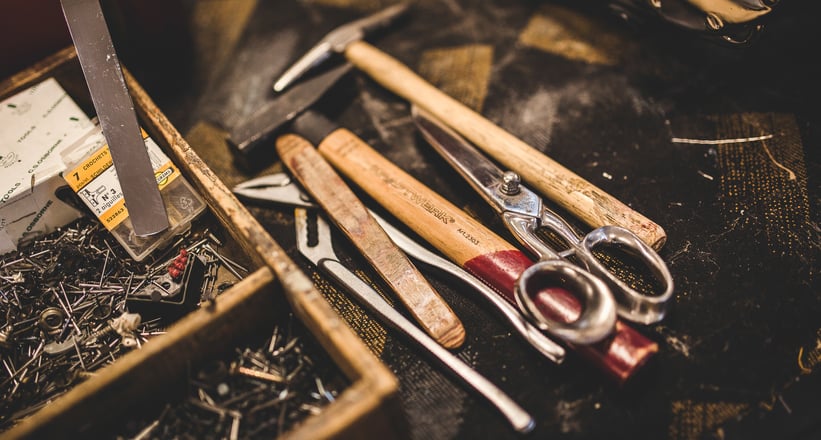
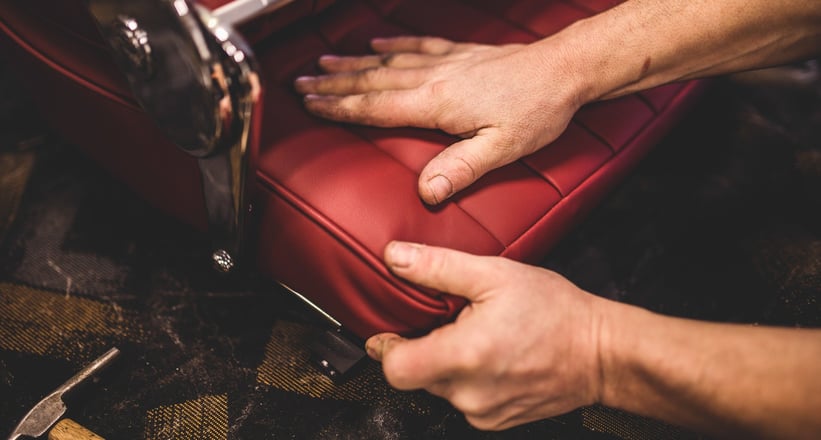
How did you learn your trade?
When I was 15, I joined the Compagnons du Devoir et du Tour de France, a French organisation for craftsmen and artisans dating back to the Middle Ages. Its traditional and technical education includes a tour of France, during which you undertake apprenticeships with master craftsmen. I wanted to travel from city to city to learn different methods and techniques. I still draw with chalk and cut the leather with the same pair of scissors I bought when I was 15. This is because each project is unique.
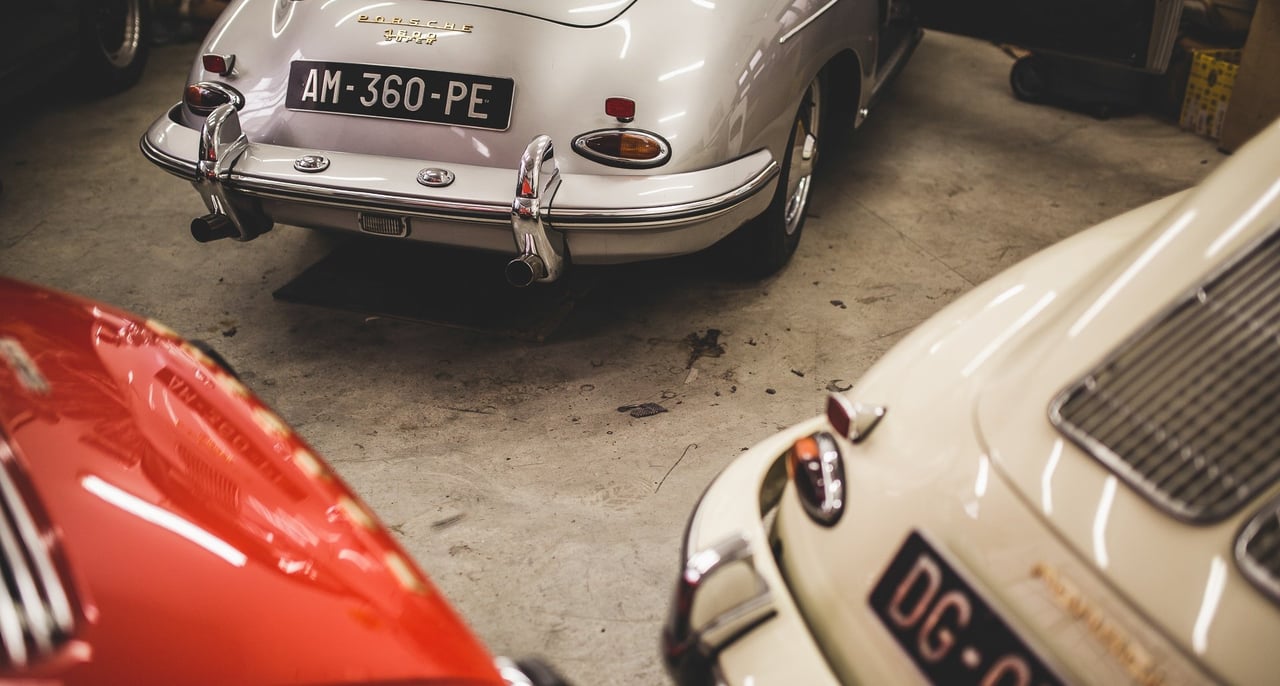
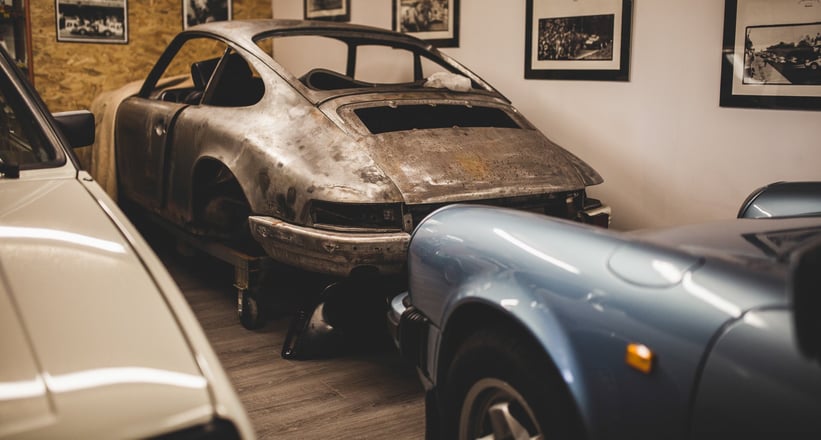
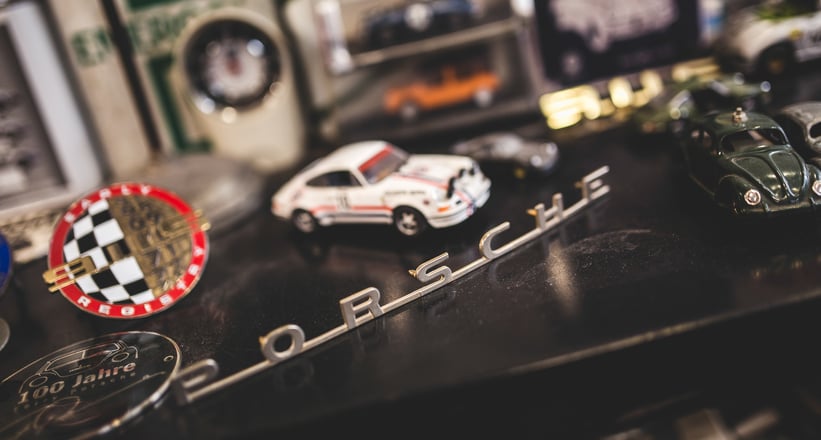
Why did you gravitate towards classic Porsches?
I’m really passionate about these cars, especially the 356s. I bought my first 356 when I was 25. I joined the Porsche Club France on rallies and put a rebuilt seat in the back of my car along with leather samples and photos to advertise and offer my services. At the time, other professionals specialised in the coachwork and the mechanics of the 356 and I wanted to do the same with the saddlery. It’s really interesting to focus on just one model and over the years, my workshop has been filled with the cars I really love.
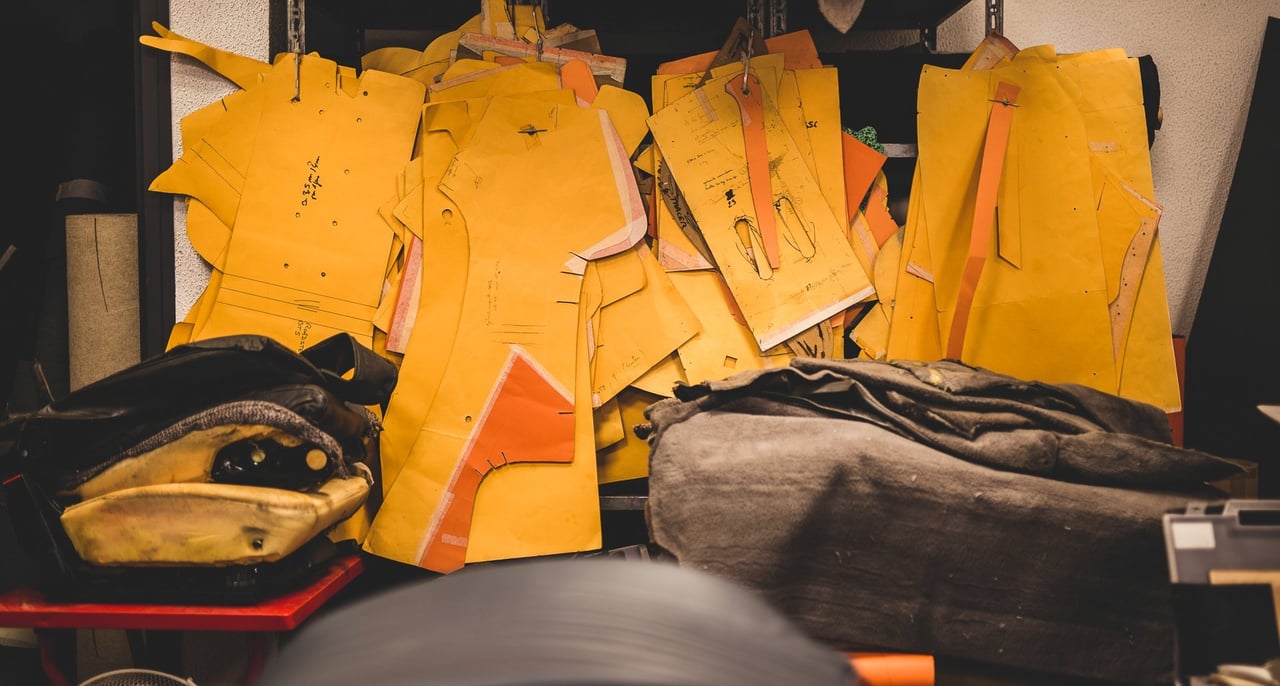
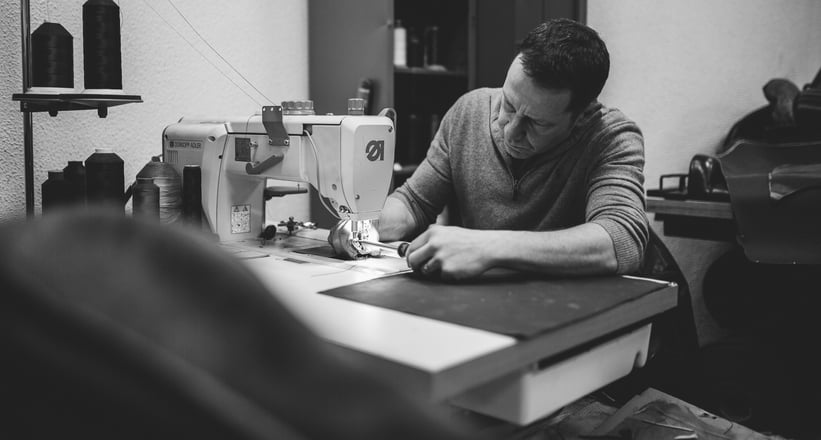
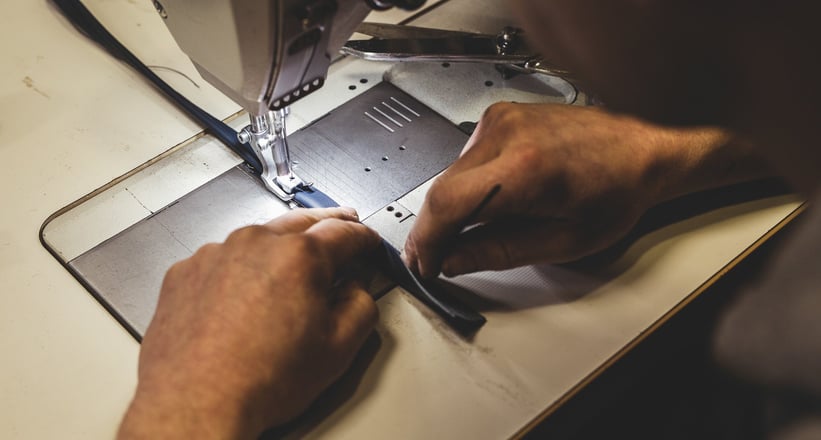
In what other ways has your business developed?
Today, I work almost exclusively on classic Porsches, be it complete or partial restorations. More and more, clients want to restore their cars to original condition and try to save as many of the original parts as possible. So I refurbish 50-year-old leather or craft entire interiors from old carpets or seats. Often I also have to create faux patina so the interiors are homogenous. The main part of my job, however, is still focused on restoration projects from private or professional owners, who need to find someone like me who knows the cars by heart.
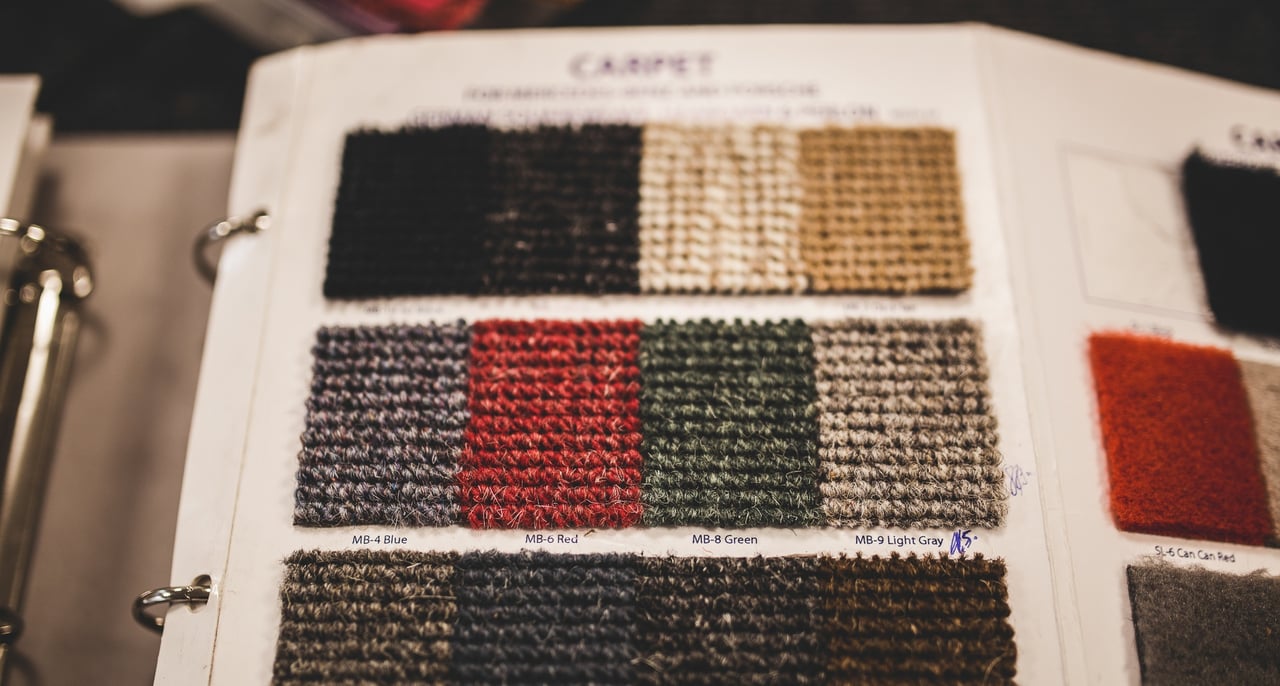


How did you source the right materials and templates with which to work?
By collecting documents, books, photos, and trim and panels from cars I’ve worked on, so I could find out exactly how they were originally built and make my own templates. But it was hard to find cars that hadn’t been dismantled or modified, especially the early 356 A’s and Pre-A’s.
Each time I mount rebuilt parts to a car, I adjust and refine my templates – I’ve done this for all the models I’ve worked with, including later 911s. A 911 2.0 from 1967 is subtly different to a 1968 model, for example, which I find fascinating. I also found the best suppliers with the most authentic materials. For à la carte projects, I have made colour and material charts – it’s very close to interior design in that you work closely with the client to achieve the best possible result.

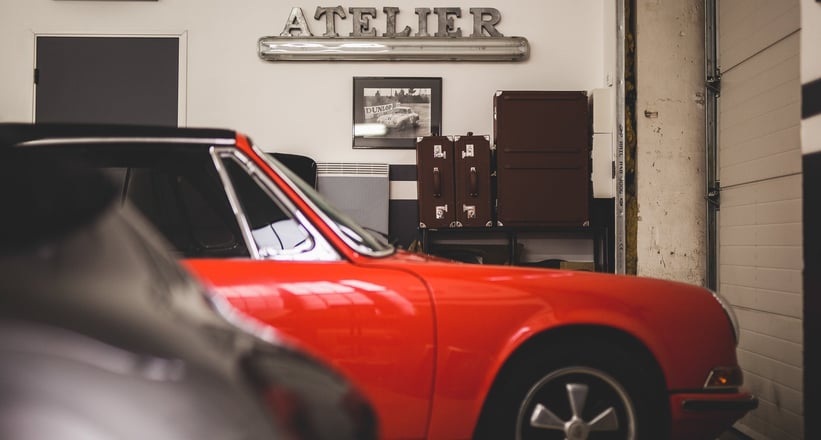
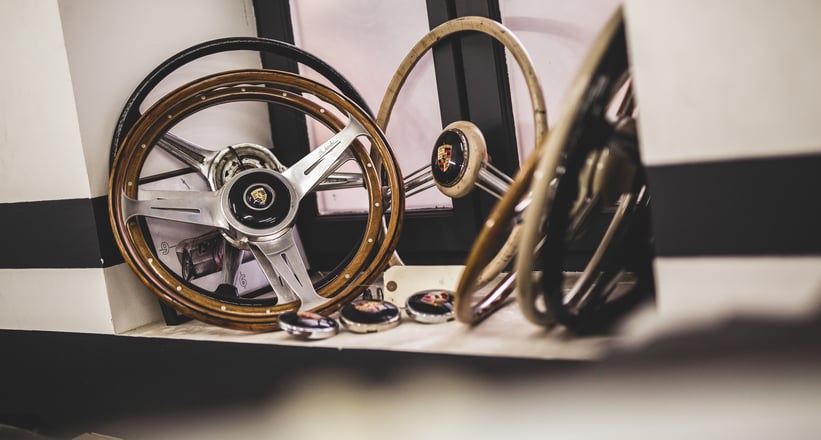
Do you have a favourite material or part to work with?
I love a challenge and the hardest part to build is a soft top on a Porsche 356. You have to make a lot of adjustments to make sure it’s beautiful, airtight, waterproof, and folds neatly. There is also a headliner to hide the arches and a mattress between the headliner and the soft top to soundproof the interior. When you start with a ‘naked’ car, it’s like tailoring a suit – you have to adjust it exactly to the specific car you’re working on. Very few saddlers build soft tops as a result.
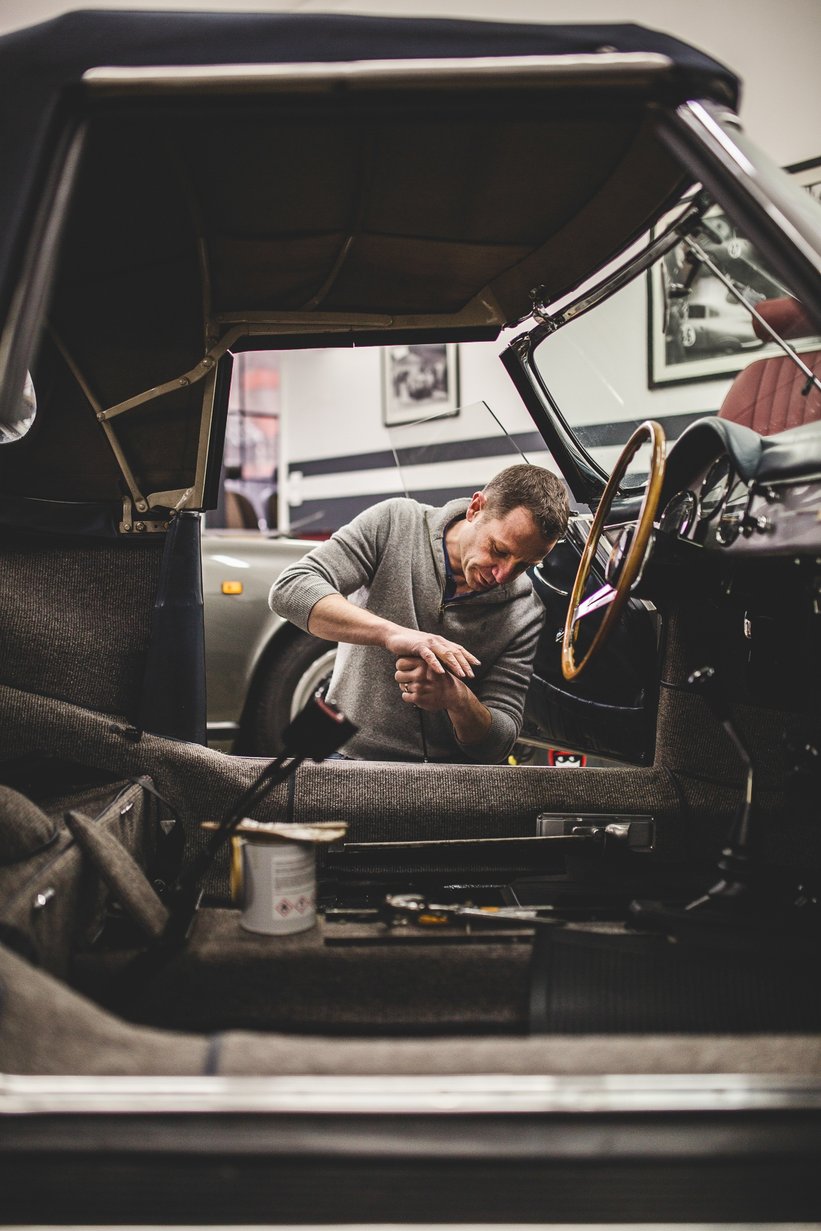
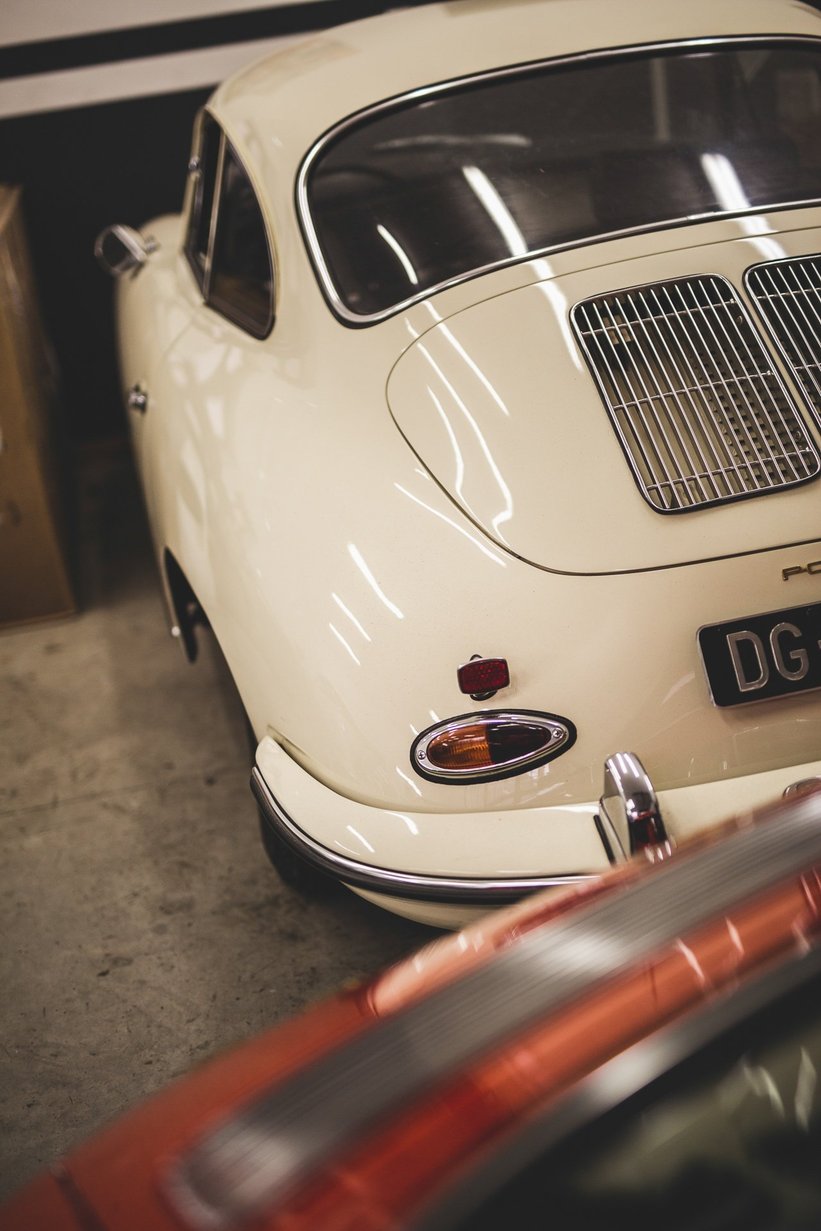
What was your favourite project?
When I was 17 or 18, I worked on a project with my father, who restored cars. I hadn’t started my workshop at that time, but we rebuilt a beautiful Lorraine-Dietrich together. I worked on the interior, the soft top, and the rear part of the car. There was nothing with the car so we had to find or make our own parts. That was my first big saddlery job and it was particularly memorable because I did it with my father.
Do you prefer to customise or conform to the original specifications?
Rebuilding cars to their original specification is interesting with the particularly rare models because their owners really care about it and the cars’ values have risen as a result. But customisation and ‘outlaw’ projects are also really fun because you can experiment with new things. The projects I look forward to the most are those that require a lot of research. I always treat each car as though it is my own and, even after 30 years, I have not lost interest. I love every single part I make and craft them to the exact standard I would like, no matter if I have to take more time or start over several times.
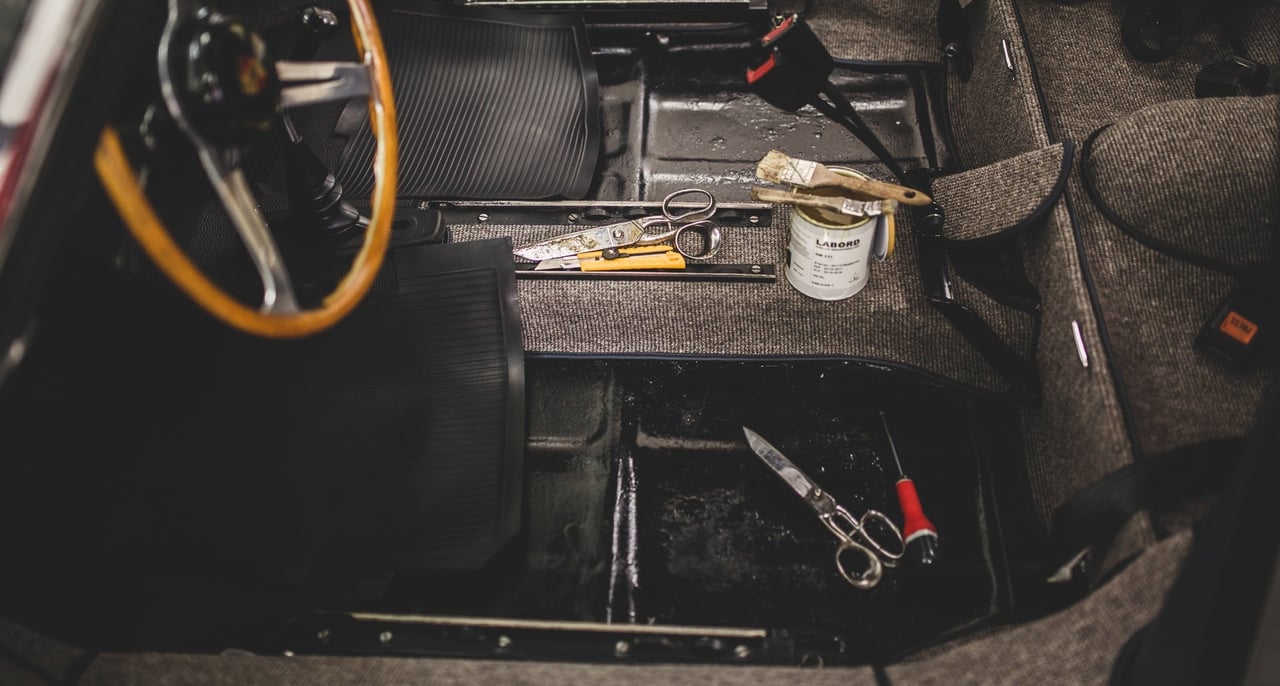
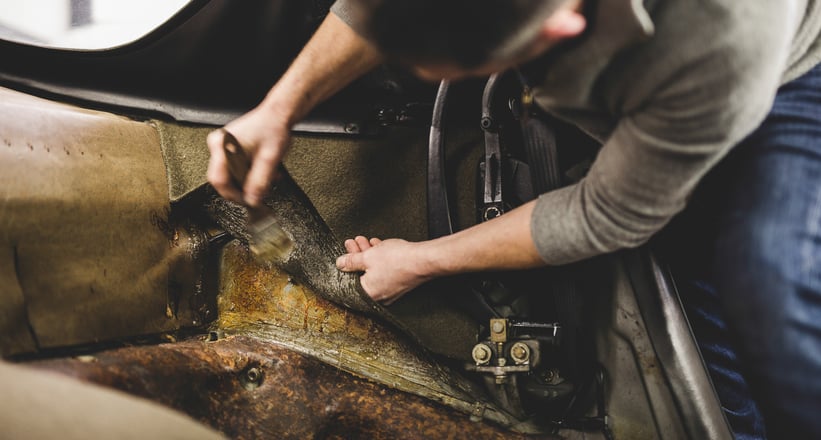
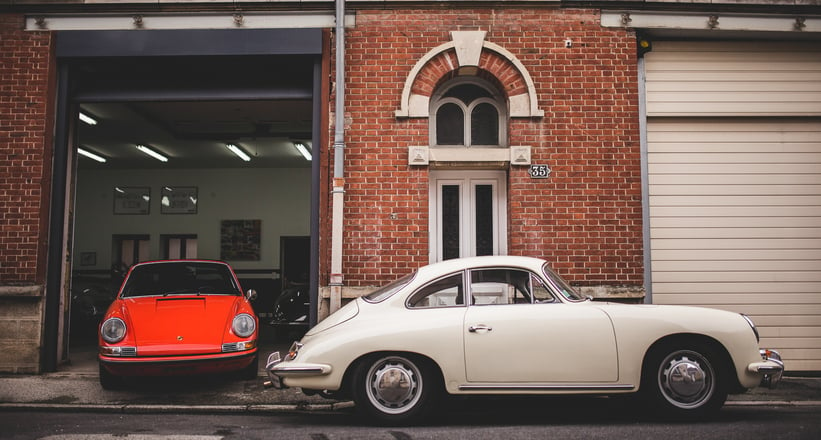
What does the future hold for you?
I work alone and I would like to find a partner with whom I can share my knowledge and skills. I also dream of expanding the workshop to include mechanics and coachbuilding, so I could restore entire cars rather than just the saddlery. When you know these cars so well, it’s so interesting to focus on each and every detail of a restoration. I want to offer so many more authentic options to my clients in the future.
Photos: Mathieu Bonnevie for Classic Driver © 2018





















































































